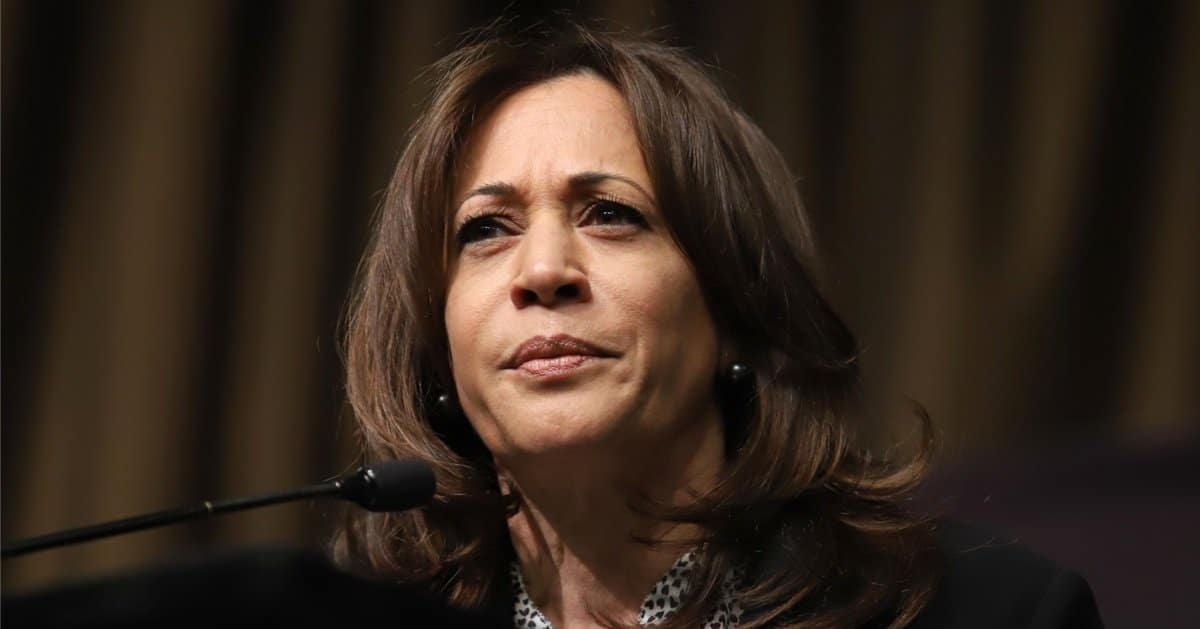


In a decisive move reflecting the escalating geopolitical tensions, the U.S. Central Command executed targeted strikes against Iranian-linked militia sites in Syria on Monday.
Fox News reported that the retaliatory action by U.S. forces targeted nine strategic locations associated with Iranian groups in response to several recent assaults on American personnel.
The strikes were meticulously planned, aiming at two key regions in Syria notorious for housing Iranian-backed factions.
This military action is intended to undermine the operational capability of these groups, which have posed threats to U.S. and coalition forces stationed for D-ISIS operations in the region.
Over a 24-hour period, U.S. personnel in Syria came under attack, prompting CENTCOM's robust response. In a statement, CENTCOM emphasized that these actions endeavor to impair the Iranian-aligned groups' ability to organize future offensives.
Tensions in the Middle East have spiked with the backdrop of worsening relations between Israel and Iran. Just last week, American B-52 Stratofortress bombers from North Dakota’s Minot Air Force Base were deployed to the Middle East, signaling firm U.S. support for its Israeli ally.
Although the exact locations of these military assets remain undisclosed, their presence underscores the heightened state of alert in the region.
General Michael Erik Kurilla, a key military figure, issued a definitive warning, stating that any hostile actions targeting U.S. and coalition forces in the area are unacceptable and will be met with calculated countermeasures.
"We will continue to take every step necessary to protect our personnel and coalition partners," Kurilla declared. His comments reflect a broader U.S. strategy of assertive defense against threats in volatile territories.
Adding to this tense situation, an Iranian operative was charged last week with plotting to assassinate President-elect Donald Trump.
This startling revelation was brought to light by Attorney General Merrick Garland, who elaborated that the Justice Department has tracked and charged an Iranian asset allegedly tasked with organizing assassination attempts on high-profile targets, including Trump.
Iran's Foreign Ministry has denied involvement in these assassination allegations, further complicating international relations. Attorney General Garland commented on the severity of the threat posed by Iran to U.S. national security, highlighting the unsettling capability of Iranian actors to mobilize criminal networks for state-endorsed objectives.
The strikes in Syria were far from an isolated event, painting a broader picture of aggressive U.S. policy measures designed to exert pressure on Iranian interests across the region.
The strategic positioning of U.S. military forces, including recent bomber deployments, serves a dual purpose: supporting allied nations while maintaining a state of readiness against potential adversarial actions. The deployment of bombers is indicative of an adherence to maintaining tactical superiority in key operational theatres.
While the immediate focus remains on deterring Iranian-backed factions, U.S. officials continue to emphasize a broader imperative: stability in the Middle East through a demonstrated commitment to defend both American and coalition interests.
These recent military developments have drawn international attention, with observers anticipating potential repercussions within the complex landscape of Middle Eastern politics. As the situation unfolds, the overarching theme remains one of vigilance and readiness, which U.S. leadership deems crucial in countering multifaceted threats.
Both CENTCOM's concise announcements and General Kurilla's remarks underline a profound message—U.S. military forces are prepared to navigate and respond decisively to emerging threats as they arise.
In a region marked by profound uncertainties, this latest development reiterates the U.S. resolve to act preemptively in safeguarding its personnel and strategic interests.
The unfolding events in Syria reflect a continuing pattern of tension between hostile forces in the region, with the potential for further escalations remaining a sobering possibility. Even as diplomatic efforts persist, the readiness and commitment of U.S. military forces are apparent in the face of these challenges, standing as a deterrent against adversarial maneuvers.



